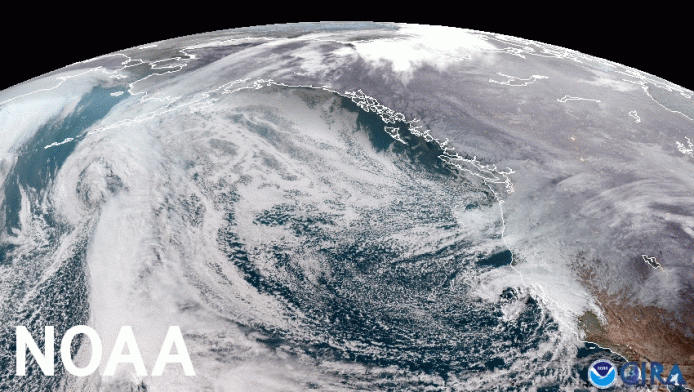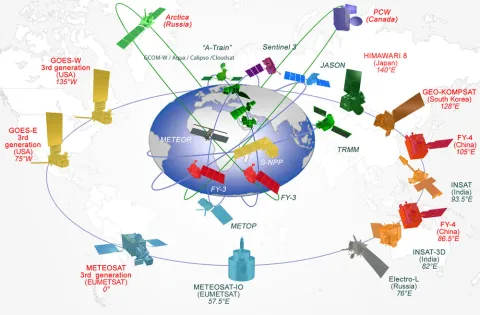
Weather Forecasting & Satellites Teaching Box
This Teaching Box combines activities that build middle school student understanding of how satellites help make weather forecasts more accurate through a combination of hands on activities, and analysis of real satellite data.
Teaching Boxes are themed collections of classroom-ready educational resources to build student understanding of science, technology, engineering, and math (STEM). Resources highlighted within teaching boxes are from various science education programs and all have been vetted by the education team at the UCAR Center for Science Education.
- Topic: Satellites and Weather
- Level: Middle school
